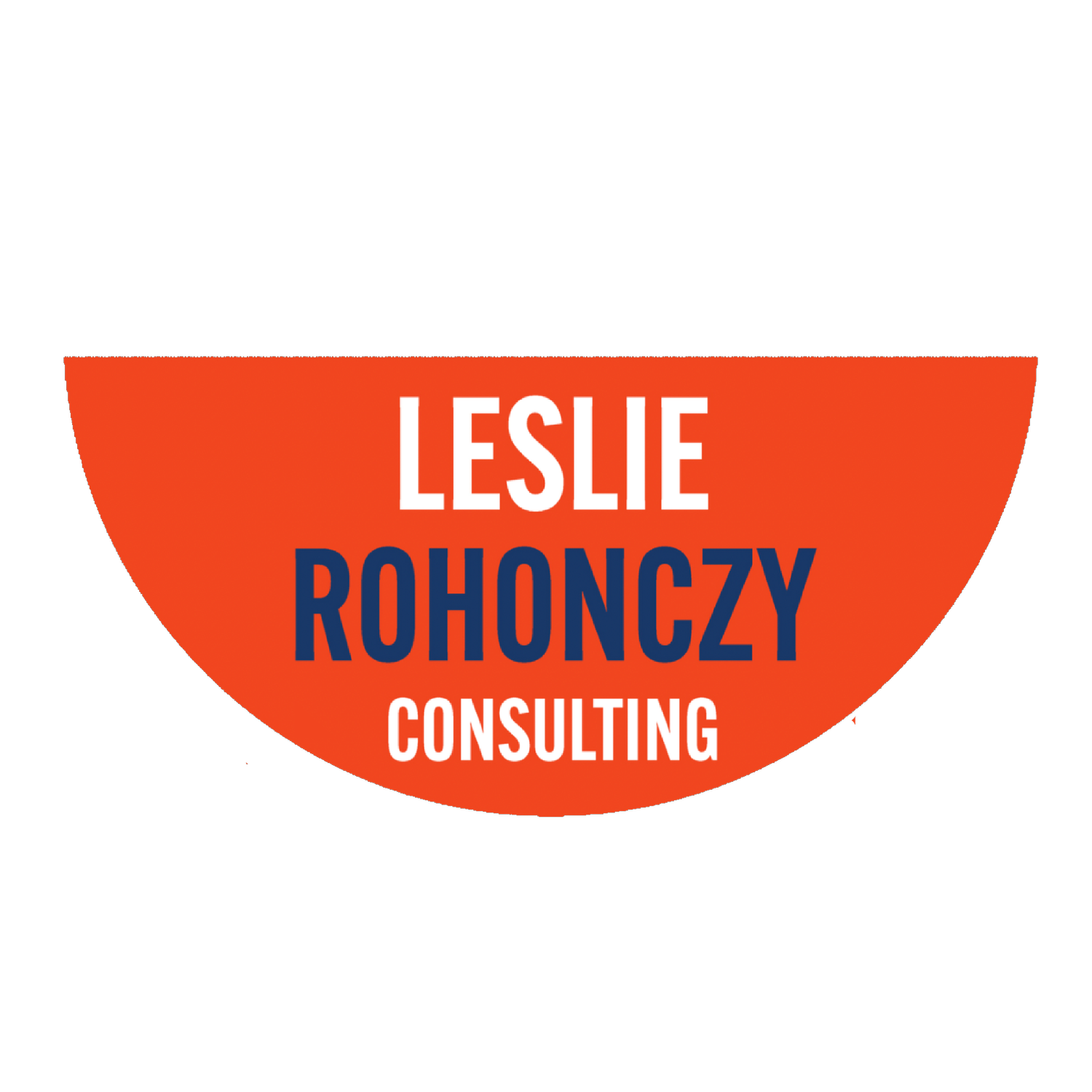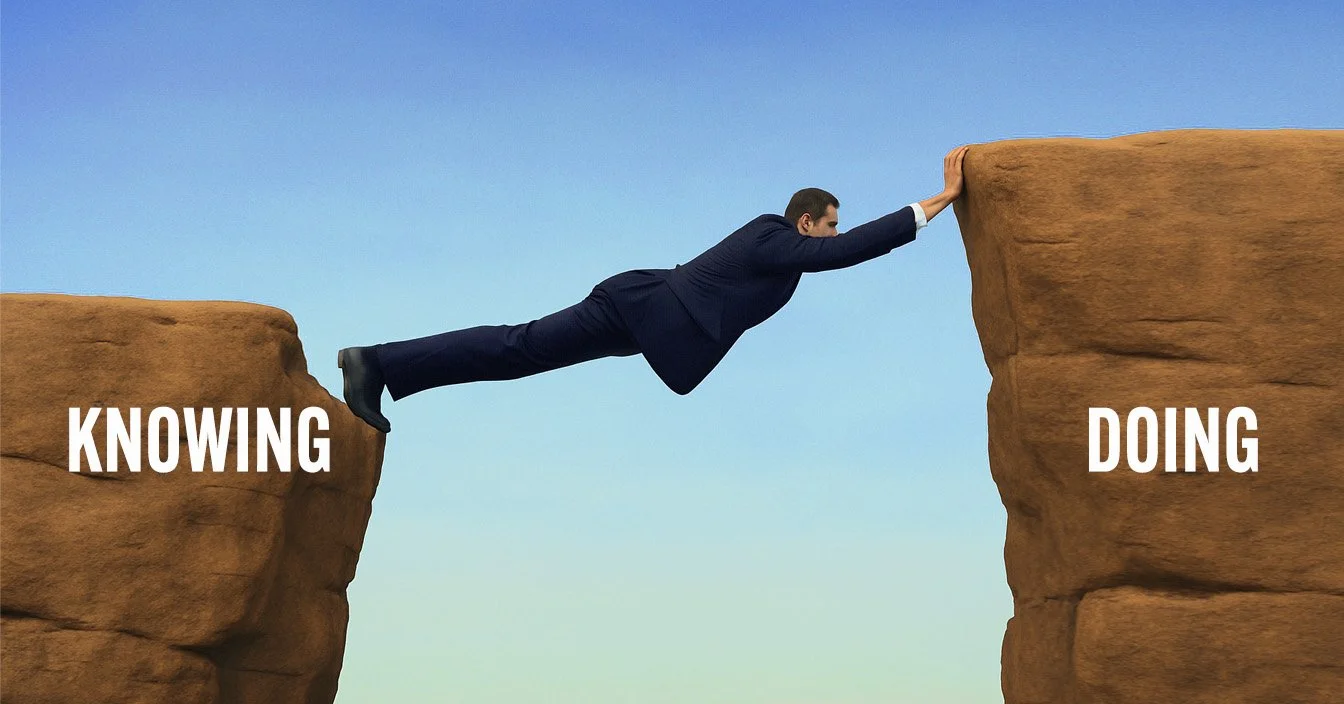(LISTEN TO THE NARRATED AUDIOARTICLE VERSION)
Freedom has been a recurring theme in my life, long before I named it as my 2026 guiding word for the coming year. It’s felt less like something I was living, and more like something I was moving toward, an ideal future state that existed somewhere up the road, just slightly out of reach. I see it most clearly in my ongoing negotiation with that other slippery concept: time. Freedom and time are uneasy dance partners. When time feels compressed, freedom tends to shrink. When time is reclaimed, even in small ways, freedom expands.
Sometimes this shows up in the practical ways I try to keep my days from becoming overscheduled, through small, deliberate acts of resistance, and by blocking space in my calendar that’s just for me. I notice how quickly my energy refills when I resist the pull to say yes simply because I can, and give myself space for creativity.
Other times, the tension shows up less neatly. In moments when I technically have control over my schedule, but still feel rushed or obligated in some way, when the calendar is lighter, yet my mind is crowded, or when I realise that freedom isn’t just about having time to and for myself, but about how I inhabit that time.
Now, you and I may have different ideas about what freedom actually means. For me, freedom doesn’t mean escape; it’s an insistence on unrestrained breathing room. I can usually identify it by asking a question I’ve learned to keep close to my heart: what actually needs my attention, and what can be left alone? Freedom is my word for the year because this theme is still a work in progress, something I practise imperfectly in small, ordinary moments rather than claim as a finished state.
For years, I thought freedom would feel louder. More dramatic. Like a big reveal or bold pivot that would signal I’d finally figured things out. What I didn’t expect was how understated freedom often is, or how ordinary it looks from the outside, and how deeply relieved I feel on the inside when I’m in it.
Freedom is my word this year, not the aspirational kind you tape to a vision board with good intentions, but the lived, slightly messy, sometimes uncomfortable kind that shows up daily in real decisions, real boundaries, and real letting go. For me, this isn’t about tuning out or stepping back. It’s about choosing more deliberately what I step into, how I show up when I’m there, and what I intentionally choose not to carry.
WHEN FREEDOM MEANT PROVING SOMETHING
Earlier in my career, freedom meant proving something. More opportunity. More visibility. More momentum. Saying yes felt like oxygen. Saying no felt risky, even reckless.
Many leaders I work with are still living inside this version of freedom. It sounds like choice, but it feels like pressure. You’re technically free to choose yet emotionally tethered to expectations you didn’t consciously agree to, including your own.
The unspoken rule operates beneath our awareness: if you can do something well, you probably should. And if people want you, you should want that too. It’s rarely questioned, yet it trains us to override our own well-being in favour of usefulness, approval, and momentum.
That version of freedom is exhausting.
The hardest expectations to loosen aren’t external; they’re the ones that sound like common sense. “You should be further along by now.” “You should want more.” “You should capitalize on every opportunity.” “You shouldn’t waste your experience.” These are polite, well-intentioned expectations, often reinforced by praise. Letting go of them can feel oddly disloyal, as if you’re turning your back on the version of yourself who worked so hard to get here.
What I’m learning is that freedom sometimes looks like honouring that earlier version of myself, without continuing to let her drive the bus. She got me here, and I respect what it took to do that, but she doesn’t get to decide what actually deserves my energy now.
FREEDOM AS DISCERNMENT, NOT DISENGAGEMENT
There’s a fear that lurks below the waterline in most of us, and if you’re a seasoned leader, you’ll likely recognise it instantly. It sounds like this: “If I loosen my grip, will I lose relevance?” And this: “If I stop striving so hard, will I be left behind or disappear altogether?”
Freedom, at least the kind that lasts, isn’t about disengaging from meaningful work. It’s about engaging with it differently.
Discernment asks different questions than ambition does. Where ambition asks, “Can I do this?”, discernment pauses to ask, “Do I want to?” Ambition’s “Will this look good?” becomes, “Will this feel aligned six months from now?” And when ambition wonders, “Is this expected of me?”, discernment asks a more consequential question: “Is this mine to carry?”
This is where freedom gets practical. It shows up in calendars that breathe a little more, in work that feels chosen rather than endured, and in fewer performative yeses and more grounded nos that don’t require a long explanation.
WHAT FREEDOM LOOKS LIKE NOW
Freedom at this stage of my life and career isn’t something I perform. It’s felt internally first in my body, long before it ever shows up externally, in my visible choices. That distinction matters, especially for those of us who’ve spent years chasing freedom outside ourselves, as if external signals like more flexibility, more autonomy, better opportunities, or more control would arrive once the conditions were just right. What I’ve learned is that freedom doesn’t work that way. When it’s pursued solely as an external state, it remains elusive.
Freedom is an inside job first. It begins with how I relate to my time, my energy, and my sense of enough, long before it shows up in my calendar or my work. From there, it becomes visible. It shows up when I stop rushing to fill silence with answers, when I allow an idea to mature instead of rushing off with it prematurely, when I choose depth over reach, even when reach is tempting, and when I trust my own rhythm more than the algorithm. It also shows up when I no longer contort myself to be legible to everyone, and instead focus on being genuine with the right people. None of this is flashy, but it’s deeply consequential, because it changes how I experience my work and my life from the inside out.
If there’s any permission embedded here, it’s this: you’re allowed to want less noise, to refine rather than expand, and to redefine success in ways that make sense for your nervous system, not just your résumé. This isn’t about opting out or lowering the bar; it’s about opting in with clearer eyes.
Freedom, as I’m living it now, isn’t a finish line or an identity to perform. It’s a posture I return to, one that says I’m still engaged, still curious, still contributing, and no longer willing to confuse pressure with purpose. And that shift changes everything.
YOUR COACHING CHALLENGE
Awareness is often the first real experience of freedom: noticing where choice becomes available again, before anything external has changed.
Over the next week, pay attention to moments where you feel a subtle sense of pressure rather than a clear sense of choice. This often shows up as a tightness in your body, a low-level urgency, a sense of obligation, or a reflexive yes before you’ve fully considered the scope of what’s being asked. Notice where you’re responding automatically, out of habit, expectation, or a desire to be useful, rather than from intention.
Choose one commitment, conversation, or expectation that catches your attention. Don’t change it yet; simply pause and notice it. Then spend a few minutes reflecting on these questions:
What am I afraid might happen if I don’t say yes here?
Which part of me is responding right now: habit, ambition, loyalty, fear, or discernment?
If I were deciding in service of my freedom, rather than from a place of pressure, what would I choose?
You don’t need to act on your answers right away. This is not about fixing or optimizing. It’s about building awareness. And greater awareness is often where our experience of freedom begins.
Freedom doesn’t require a grand exit. Sometimes it begins with a truer, more grounded yes.
Reach out for a free exploratory Executive Coaching conversation at www.leslierohonczy.com.






















